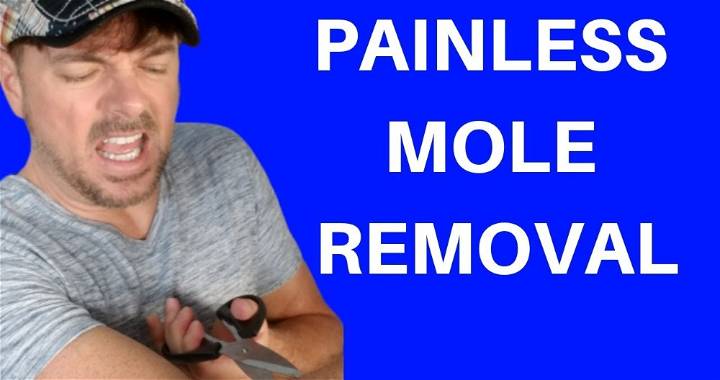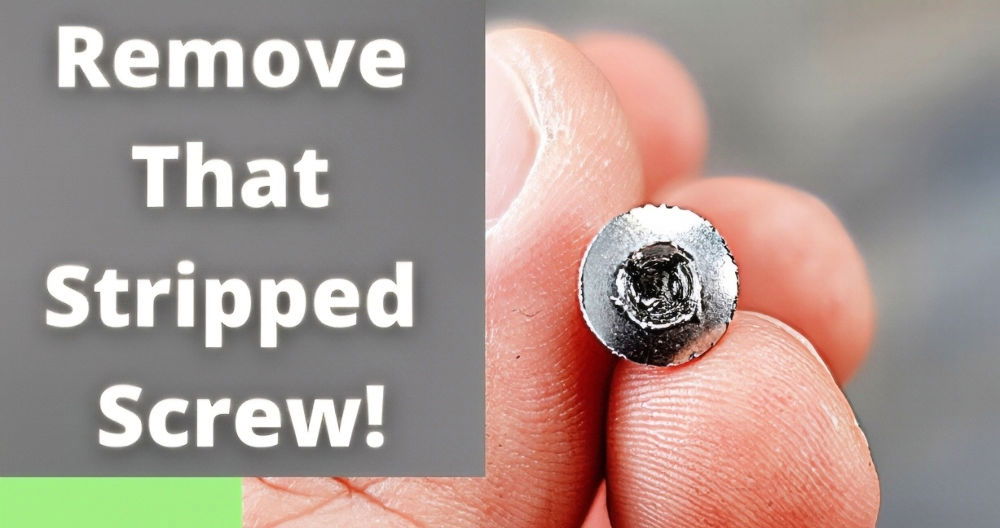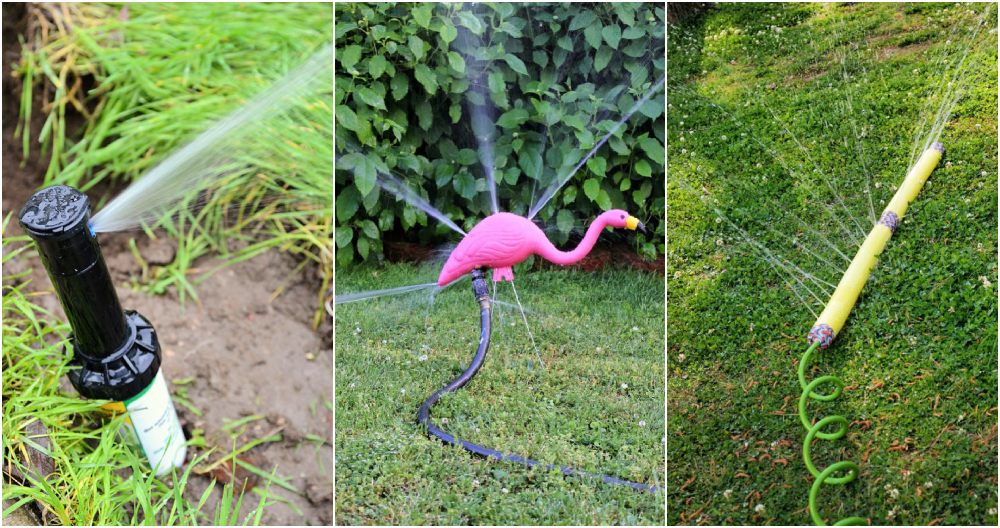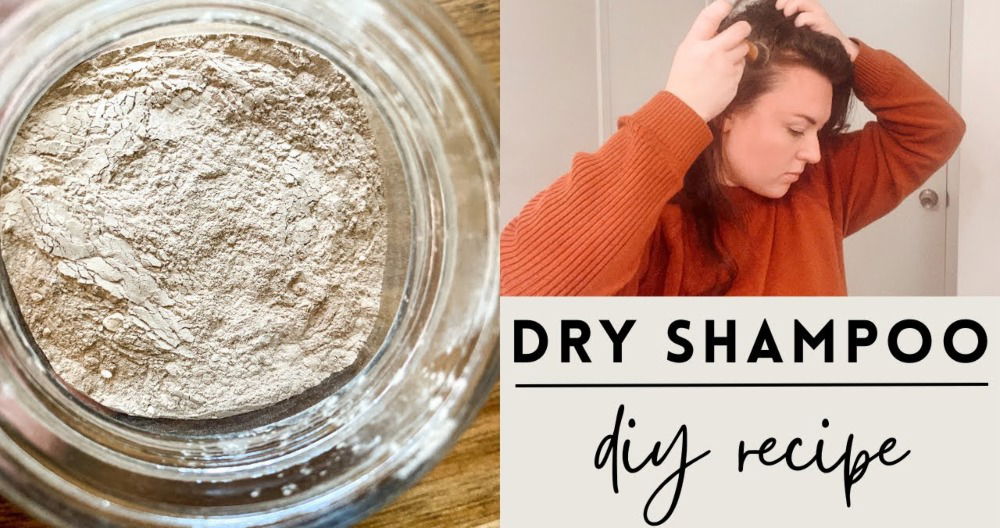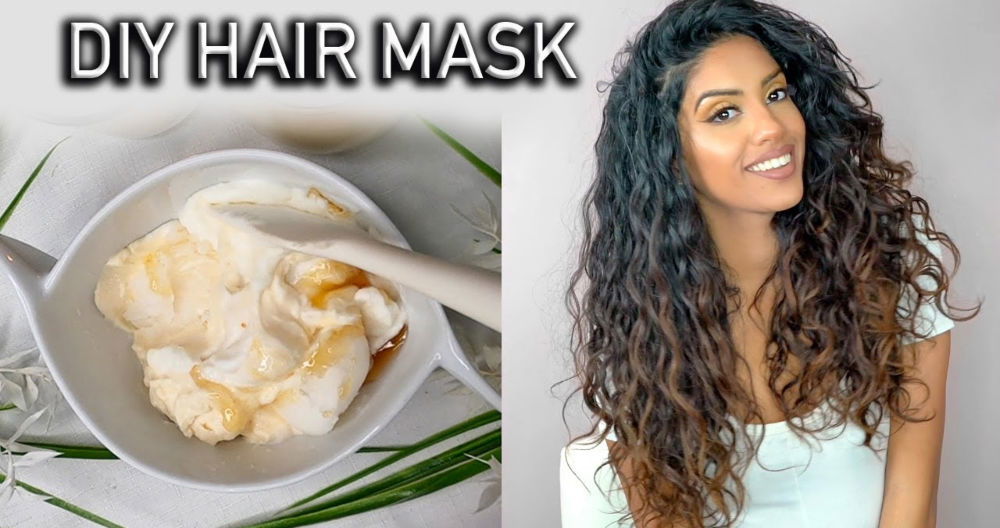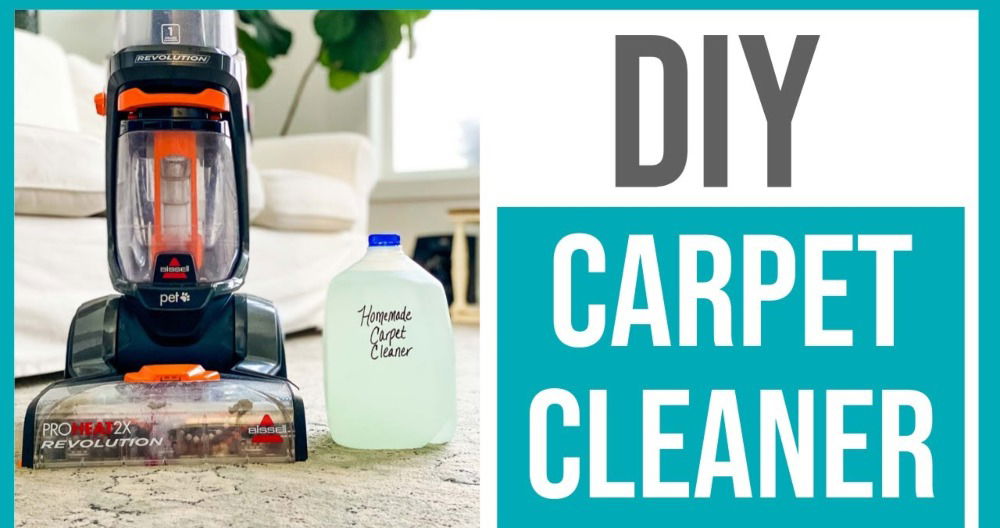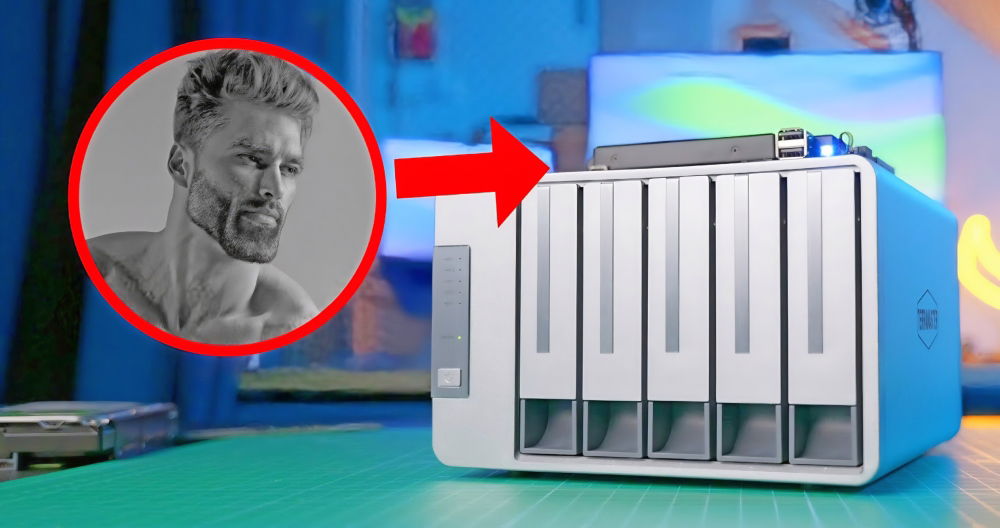Learning how to remove scratches from glasses was a game-changer for me. One morning, I noticed an annoying scratch on my favorite glasses. At first, it seemed like a small issue, but it quickly became a big problem because I rely on these glasses every day.
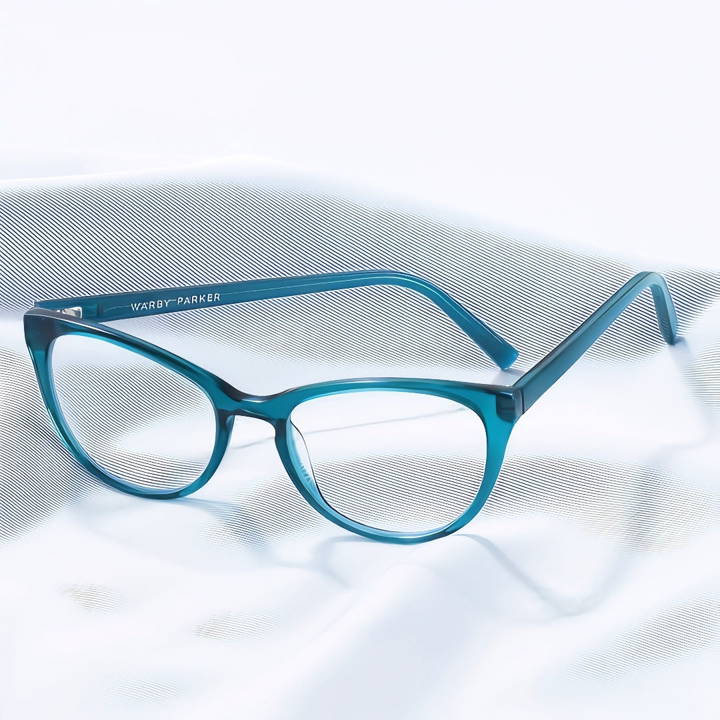
After a bit of research and some trial and error, I found several effective methods to fix the scratches. Using toothpaste and baking soda became my go-to remedies. It felt amazing when the scratches started to disappear. Today, my glasses look almost brand new.
I'm helping with this: By following these tips, you, too, can make your glasses look great again. Get started with the steps below and see the difference yourself!
Materials You Will Need
- Toothpaste (non-gel, non-whitening): It works wonders because it has mild abrasive properties.
- Baking Soda: Handy for a gentle scrub.
- Soft Cotton Cloth or Cotton Ball: Essential for applying the solutions without adding more scratches.
- Cold and Lukewarm Water: For rinsing off the applications.
- Liquid Dish Soap: Surprisingly effective for minor scratches.
- Microfiber Cloth: To clean without causing damage.
Each material serves an essential function in gently smoothing out the surface of the lens to lessen the appearance of light scratches.
Step by Step Instructions
Learn how to remove scratches from glasses with our easy, step-by-step instructions. Clear your vision and save money with these helpful tips!
Step 1: Toothpaste Application
Initially skeptical, I applied a small dab of non-whitening, non-gel toothpaste onto my lens. Using a cotton ball, I gently rubbed it in circular motions. After a few minutes, I rinsed the lens with cold water. To my surprise, some light scratches seemed less noticeable. Toothpaste, being mildly abrasive, can smooth out tiny scratches on the plastic lenses effectively.
Step 2: Baking Soda Paste
Next up, the baking soda. I mixed a small amount with warm water to create a thick paste. Using a different cotton ball, I applied the mixture to the lenses, rubbing softly for about 20 seconds before rinsing with cold water. This method, much like the toothpaste, works because of its gentle abrasive quality.
Step 3: Liquid Dish Soap Clean
Liquid dish soap was my next trial. A couple of drops on the lens, gently rubbed with a cotton ball, and then rinsed off with lukewarm water. Not only did it make my sunglasses sparkly clean, but it also seemed to diminish the visibility of some scratches, particularly the very fine ones that seemed more like smudges.
The Microfiber Cloth Magic
Throughout this process, one constant was the use of a microfiber cloth. Every step, from drying the lenses after each cleaning method to giving them a final polish, the microfiber cloth was indispensable. It's soft, so it doesn't add more scratches while removing dust, grease, or residue.
Tips for Scratch Prevention
After this little adventure, I’ve become more committed to preventing scratches in the first place. Regularly cleaning your glasses with a microfiber cloth and an alcohol-free lens cleaner is key. Also, storing glasses in a protective case can safeguard them from potential hazards.
What If DIY Didn't Work?
While my scratches were light and these DIY hacks helped make them less visible, I was aware that deeper scratches might not be fixable with these methods. For those, professional lens replacement might be the only viable solution. Brands like Fuse Lenses, as I found out, offer affordable replacement lenses for a wide range of glasses and sunglasses. They’re definitely worth checking out if your DIY attempt doesn’t pan out as you hoped.
Troubleshooting Common Issues
When attempting to remove scratches from glasses, you might encounter a few common issues. Here’s how to troubleshoot them effectively:
Scratch Appears Worse After Treatment
- Cause: This can happen if the abrasive used is too coarse or the pressure applied is too high.
- Solution: Use a finer abrasive and gently apply it in a circular motion. If the scratch deepens, stop the treatment and consult a professional.
Coating on Lens is Affected
- Cause: Many glasses have anti-reflective or other coatings that can be damaged by scratch removal techniques.
- Solution: Test any scratch removal method on a small, inconspicuous area first. If the coating is damaged, it’s best to replace the lens.
Scratches Remain Visible
- Cause: Some scratches may be too deep to remove with DIY methods.
- Solution: If after several attempts the scratch doesn’t improve, it may be time to consult an optician for professional repair or lens replacement.
Additional Scratches Formed During Process
- Cause: Using a dirty cloth or applying too much force can cause more scratches.
- Solution: Always use a clean, soft microfiber cloth and apply light pressure during the scratch removal process.
Glasses Frames Get Damaged
- Cause: Accidental slips while focusing on the lens can lead to frame damage.
- Solution: Remove the lenses from the frames if possible before attempting scratch removal, or use masking tape to protect the frame.
Discoloration or Haze on Lenses
- Cause: Improper use of polish or not thoroughly cleaning the lens after treatment can leave a residue.
- Solution: Ensure all products are fully removed with a lens cleaner and a clean cloth after treatment.
Eye Irritation After Wearing Treated Glasses
- Cause: Residual chemicals from scratch removal products can cause irritation.
- Solution: Clean the glasses thoroughly with a proper lens cleaning solution and rinse with water before wearing them.
Always follow the manufacturer’s instructions for your specific glasses and consult a professional if you’re unsure about any part of the scratch removal process.

Maintenance Tips
Taking care of your glasses is key to ensuring they last longer and stay clear. Here are some maintenance tips to help you keep your glasses in top condition:
Handle with Care
- Always hold your glasses by the frame, not the lenses. This prevents smudges and reduces the risk of accidentally scratching the lenses.
Cleaning the Right Way
- Use a microfiber cloth and lens cleaning solution to clean your lenses. Avoid household cleaners, which can damage lens coatings.
Proper Storage
- Store your glasses in a hard case when not in use. This protects them from dust, scratches, and accidental damage.
Regular Adjustments
- Have your glasses adjusted by a professional regularly. Properly aligned frames reduce stress on the lenses and prevent warping.
Avoid Heat
- Keep your glasses away from high heat sources, like car dashboards. Heat can warp frames and damage lens coatings.
Mind the Coatings
- If your lenses have special coatings, such as anti-reflective or UV protection, follow the manufacturer’s care instructions to avoid damaging them.
Routine Inspections
- Check your glasses for scratches and frame damage periodically. Early detection can prevent minor issues from becoming major problems.
By following these simple tips, you can extend the life of your glasses and enjoy clear vision for longer.
Safety Precautions
When removing scratches from glasses, safety is paramount. Here are some precautions to ensure you protect both your eyewear and yourself:
Protect Your Eyes
- Before you start, make sure to remove your glasses. If you need to see up close, consider using a magnifying glass or another pair of glasses.
Choose the Right Environment
- Work in a well-lit and clean area to see the scratches clearly and avoid adding debris to the lenses.
Use the Right Materials
- Only use materials that are safe for lenses, such as a microfiber cloth and lens-specific polish. Avoid household items that can cause damage.
Be Gentle
- Apply a small amount of pressure when working on the lenses. Too much force can cause further damage or break the lens.
Follow Instructions
- If you’re using a scratch removal kit, follow the provided instructions carefully to avoid mishaps.
Wash Your Hands
- Clean your hands thoroughly before handling your glasses to prevent transferring oils and dirt onto the lenses.
Check for Coatings
- If your glasses have special coatings, consult with an optician before attempting any scratch removal, as some methods can strip these coatings.
Dispose of Materials Properly
- After you’re done, dispose of any used materials properly, especially if they contain chemicals.
Rinse Thoroughly
- Once the scratches are treated, rinse your glasses under lukewarm water to remove any remaining polish or debris.
Dry Properly
- Dry your glasses with a clean microfiber cloth to avoid leaving streaks or lint.
Follow these safety tips to remove scratches from your glasses safely. Prioritize safety and seek professional help if unsure.
FAQs About How to Remove Scratches from Glasses
Discover top FAQs about how to remove scratches from glasses with effective tips and solutions. Keep your eyewear clear and scratch-free!
Yes, minor scratches can often be buffed out with DIY methods. However, it’s important to handle your glasses with care to avoid further damage. Use a soft microfiber cloth and gentle circular motions when applying any substance to your lenses.
Common household items that can be used include:
Baking soda paste: Mix baking soda with a little water to form a paste and gently rub it on the scratch.
Toothpaste: Apply non-abrasive, non-gel toothpaste on the scratch and rub gently with a microfiber cloth.
Dish soap: Clean the lenses with a small amount of dish soap to buff out imperfections. Remember, these methods are for minor scratches and should be used with caution.
Yes, there are risks. Using abrasive materials or applying too much pressure can cause more scratches or damage the lenses further. Always use gentle motions and test on a small area first. If you’re unsure, it’s best to consult a professional.
To prevent scratches:
Always store your glasses in a case when not in use.
Clean your glasses with a microfiber cloth and lens cleaner.
Avoid using paper towels or clothing, which can be too rough.
Handle your glasses by the frame, not the lenses.
If the scratches are deep, DIY methods may not work, and you might need to replace the lenses. Consult with an optician to discuss the best options for lens replacement or repair. It’s important to maintain clear vision for your safety and comfort.
Conclusion:
You can make your glasses look new again with these simple steps. Just give them a try and see the results!


